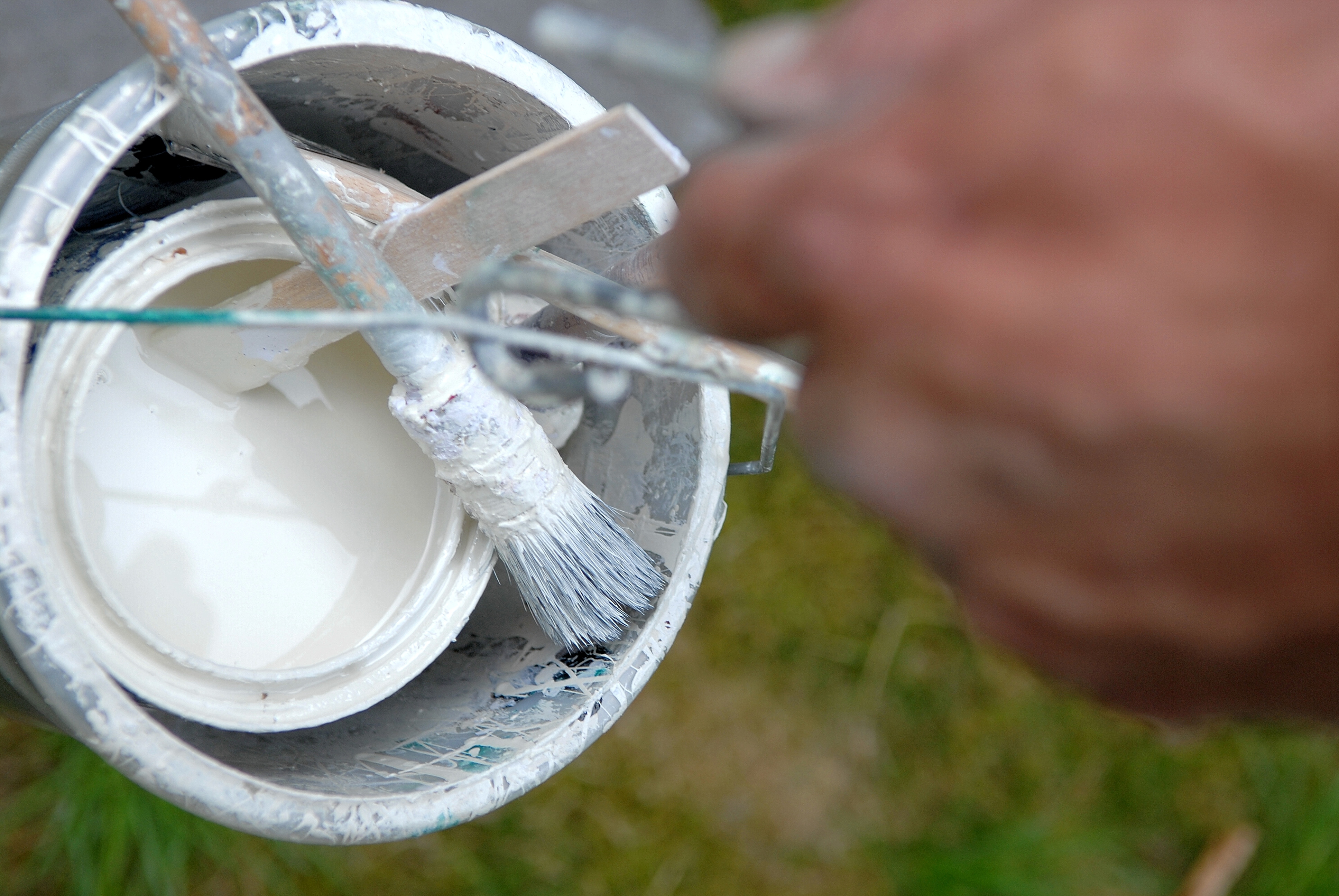Remodeling a House? 7 Ways to Save Big Money

This article from Auction.com was republished with permission. It originally appeared as 7 Ways to Save Big Money During a Home Rehab.
In real estate sales, one way to minimize risk and maximize your return is by keeping remodeling costs down without sacrificing quality in the process. Each real estate project has certain expenses that, for the most part, are fixed, such as taxes, insurance, and closing fees. Apart from these, materials and labor are the two main remodeling expenses where your efforts to be frugal can make a difference.
Several of my colleagues and I have noticed an increase in the costs of materials over the past few years, despite our government’s reassuring reports that there’s little inflation. The other day I noticed that even inexpensive window blinds that cost just $3–$4 a few years ago are now $6–$8 dollars.
However, there are still ways to beat ever-increasing costs so that you can stay profitable on flips or rentals. Here are several tips for saving money on materials and labor on your next project:
1. Get to know your local stores.
Do you know which stores have the least-expensive ceiling fans, appliances, flooring materials, and paint? Costs can vary widely from store to store, so get to know where the bargains are in your town. Talk with other investors too, and find out where they’re buying their materials. Networking is a great way to discover new stores or services that can reduce your costs. Also, make sure your local stores know that you’re an investor or contractor, and that you will be making numerous purchases from them. Sometimes they give special deals on materials to contractors or investors.
2. Check for online deals.
I regularly get emails from stores letting me know about upcoming sales. I recently saved 20% at Lowe’s by timing the purchase of new cabinets for when they were on sale. The week before, I bought several gallons of paint for 10% off during a sale at The Home Depot.
3. Shop till you drop.
In the two to three weeks before a real estate purchase, I make the time to hit every single home improvement store within a 15-mile radius of my home, looking for closeouts, sales, and clearance items. I like to shop at night when the stores are fairly empty and I have time to browse the aisles and think about what I need for my next project.
Two weeks ago, I found really elegant light fixtures that normally sold for $169 on clearance for $49. I bought three of them, even though at most I only needed two. I also found $69 ceiling fans on sale for $42. I bought eight of them. Then I found good paintbrushes that are normally almost $9 on clearance for $5.88. So I bought 10 of those!
Will I use all of these items on only one house? Of course not, but because I know I’ll eventually use them on future projects, I decided to stock up while the prices were so good. Businesses that can add to their essential inventories in this way will become more profitable over time.
One caveat, however: Make sure that anything you buy before you close on a house can be returned, in case the item doesn’t work in the house for some reason, or in the event that something happens and you never close on that transaction. Don’t buy custom-made materials or anything that can’t be returned until after your closing.
4. Buy contractor packs.
Some of the big-box stores will discount materials if you buy them in large quantities. Even little items like doorstoppers or switch plate covers are about 30% cheaper when bought in bulk packages, rather than individually. In some stores, you can knock about $10 off the price of a typical ceiling fan if you buy three or more at one time. If you buy a five-gallon bucket of paint, rather than five individual gallon cans, you can save another $40 or $45 off the total cost.
5. Get a store credit card.
I have a Lowe’s credit card because it saves me 5% off every purchase, even if the item is already on sale. When you spend several thousand dollars on appliances, cabinets, flooring, and other materials, a 5% discount can save you a few hundred dollars. With that particular card, you have a choice of the 5% savings or six months without interest, but I prefer the 5% savings. I just pay off the card in full when the bill comes.
6. Clip coupons.
Stores like Lowe’s or The Home Depot will mail or email you coupons that you can use to purchase materials at a discount. The Home Depot often gives 10% off on paint, which saves me $50 or $60. Lowe’s occasionally mails me coupons offering $50 off on purchases over $250, or $10 off $50 or more. Sherwin-Williams recently mailed me a coupon for 15% off any interior or exterior paint. These coupons are a big help if you want to cut costs.
7. Establish relationships with good service providers.
The best way to minimize labor costs is to find good service providers and then stick with them. Refer them to other investors or friends, and make sure they’re told who made the referrals. Over time, they’ll thank you by charging you less than they might charge others. Of course, the best way to save on labor is to do as much of the work yourself as possible.
By following these tips, your remodeling expenses will either stay the same or even decline—even if costs rise! And that will increase your ROI on every project.
Ethan Roberts is a real estate writer, editor and investor. He’s a frequent contributor to InvestorPlace, and his work has been featured on MSN Money and Reuters. He’s also written for Seeking Alpha, Investopedia, The Fiscal Times, ForSaleByOwner and Smarty Cents, and was one of five contributing editors to The Tycoon Report. He’s been investing in real estate since 1995 and has been a Realtor since 1998. He also teaches classes on investing in residential real estate.
Share this:
- Click to share on Facebook (Opens in new window)
- Click to share on Twitter (Opens in new window)
- Click to share on Pinterest (Opens in new window)
- Click to share on Tumblr (Opens in new window)
- Click to share on LinkedIn (Opens in new window)
- Click to email a link to a friend (Opens in new window)
- Click to print (Opens in new window)








